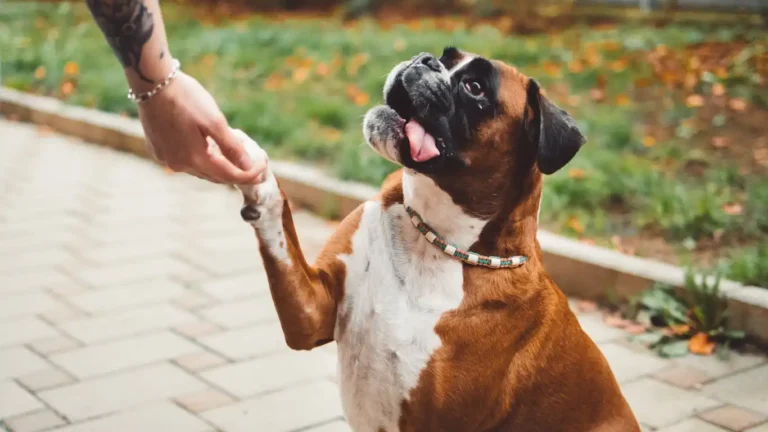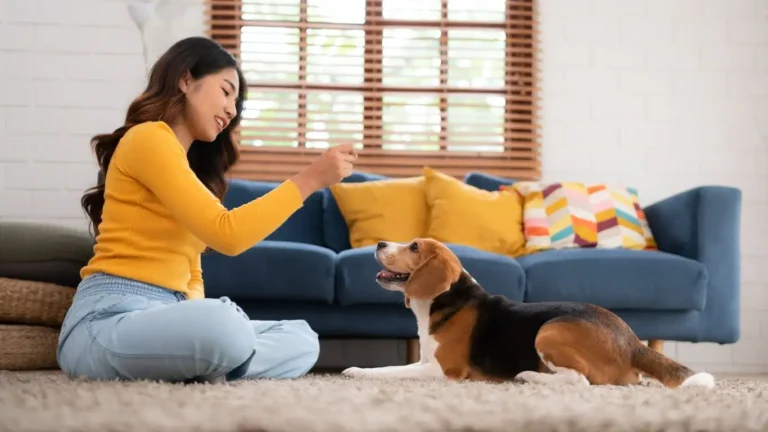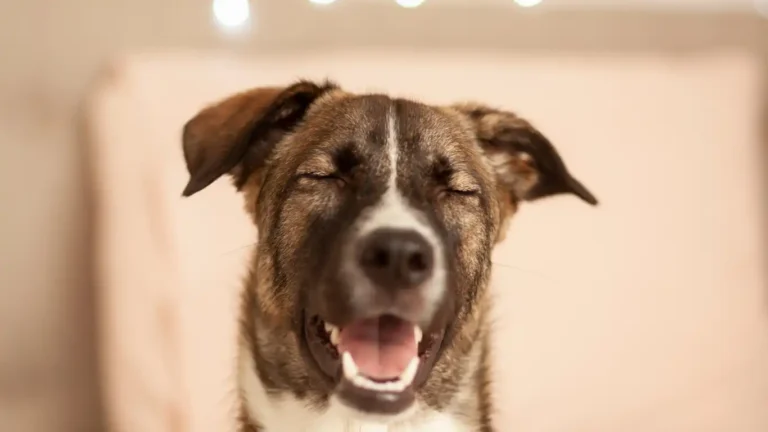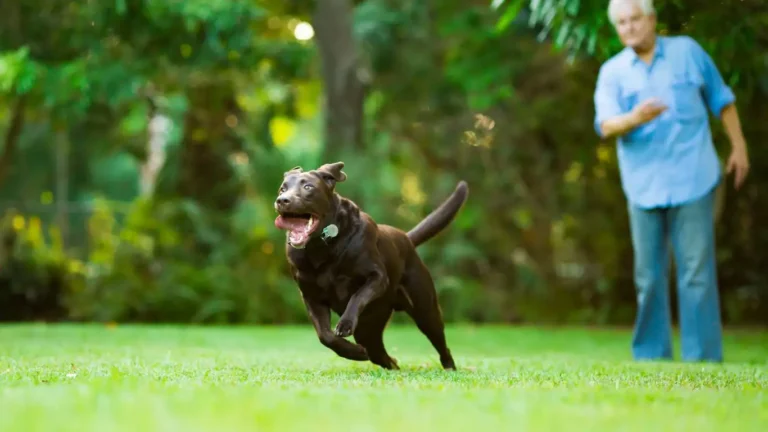Train Your Dog to Love Car Rides – Stress-Free & Easy Guide!
Picture this: You’re excited for a road trip, but your dog is panting, pacing, or worse—vomiting in the backseat. Not exactly the smooth ride you imagined, right? If your pup isn’t a fan of car rides, don’t worry—you’re not alone. As a Certified Professional Dog Trainer (CPDT-KA), I’ve worked with countless dogs who struggle with car anxiety. The good news? You can absolutely train a dog to be comfortable in a car, and I’m here to walk you through it step by step.
Why Some Dogs Hate Car Rides (And Why Others Love Them!)
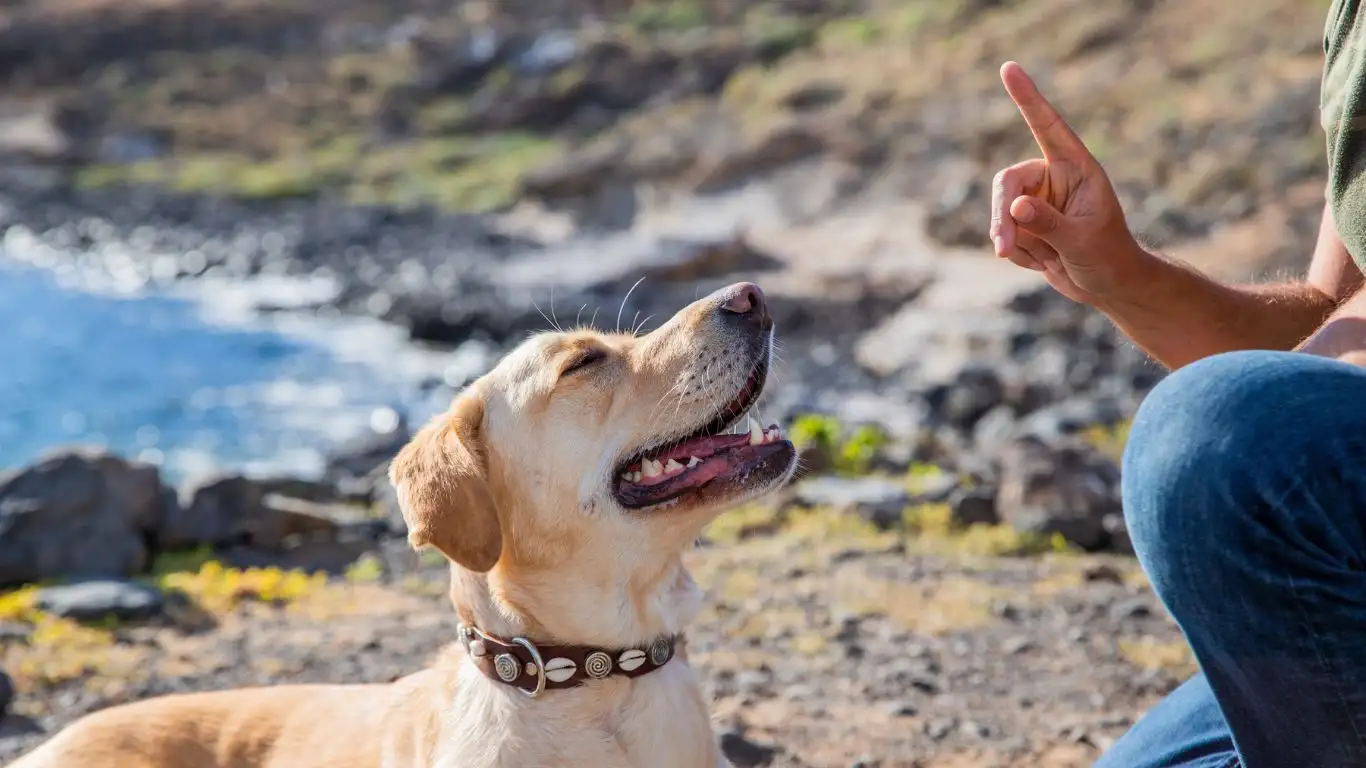
Ever wonder why some dogs jump into the car with tails wagging while others dig their paws into the pavement like you’re leading them to doom? It comes down to experience and association. If your dog only rides in the car to visit the vet, well, it’s no surprise they’re not a fan. But if car rides lead to exciting adventures like the dog park, they’ll be more eager to hop in.
Common Reasons Dogs Dislike Car Rides
- Motion Sickness: Just like humans, dogs can get queasy from car rides.
- Lack of Exposure: If your pup didn’t ride in a car much as a puppy, they may find it scary.
- Bad Associations: If every car trip ends at the vet or groomer, your dog will associate the car with stress.
- Overstimulation: The sights, sounds, and movement can be overwhelming for some dogs.
Step 1: Creating a Positive Association with the Car

Before you even start the engine, let’s take a step back. Your goal is to help your dog see the car as a safe, positive space. Here’s how to get started:
Introduce the Car Gradually
Some dogs need baby steps to feel comfortable. Instead of forcing them in, try this:
- Let them explore the car: With the engine off and doors open, let your dog sniff around at their own pace. Toss treats inside as a reward.
- Make it a chill zone: Bring their favorite blanket or toy and sit with them inside for a few minutes.
- Keep it positive: Avoid using force or dragging them in—patience is key.
Use High-Value Rewards
Food is magic in dog training! Reward your dog every time they show interest in the car. Try:
- Giving treats when they approach the car.
- Praising and rewarding them when they jump inside.
- Offering a stuffed Kong or chew toy inside the car to keep them happy.
Step 2: Short, Fun Trips First
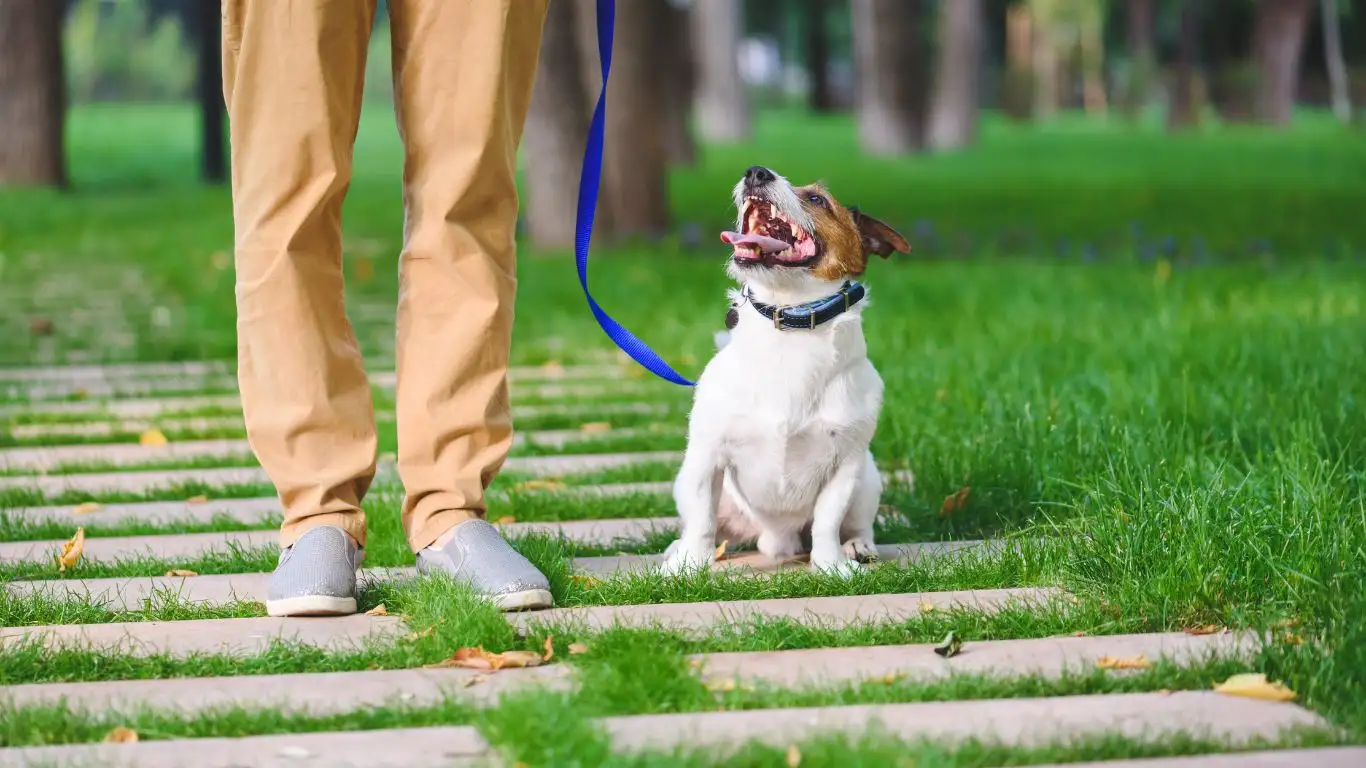
Once your dog is comfortable sitting in a parked car, it’s time to start moving—but keep it short and sweet. Here’s how to ease them in:
Start with Just the Engine
Before hitting the road, turn the engine on while your dog is inside. Reward them with treats to create a positive connection with the sound.
Take a 2-Minute Drive
Drive just a block or two, then head home. Praise and reward your pup afterward. The goal? Show them that car rides aren’t scary!
Gradually Increase the Distance
Once your dog seems relaxed, extend your trips. Take them to fun places like the park, a pet store, or a friend’s house.
Stay tuned for more tips on building confidence, preventing motion sickness, and making car rides a stress-free experience for both you and your pup!
Step 3: Preventing Motion Sickness in Dogs
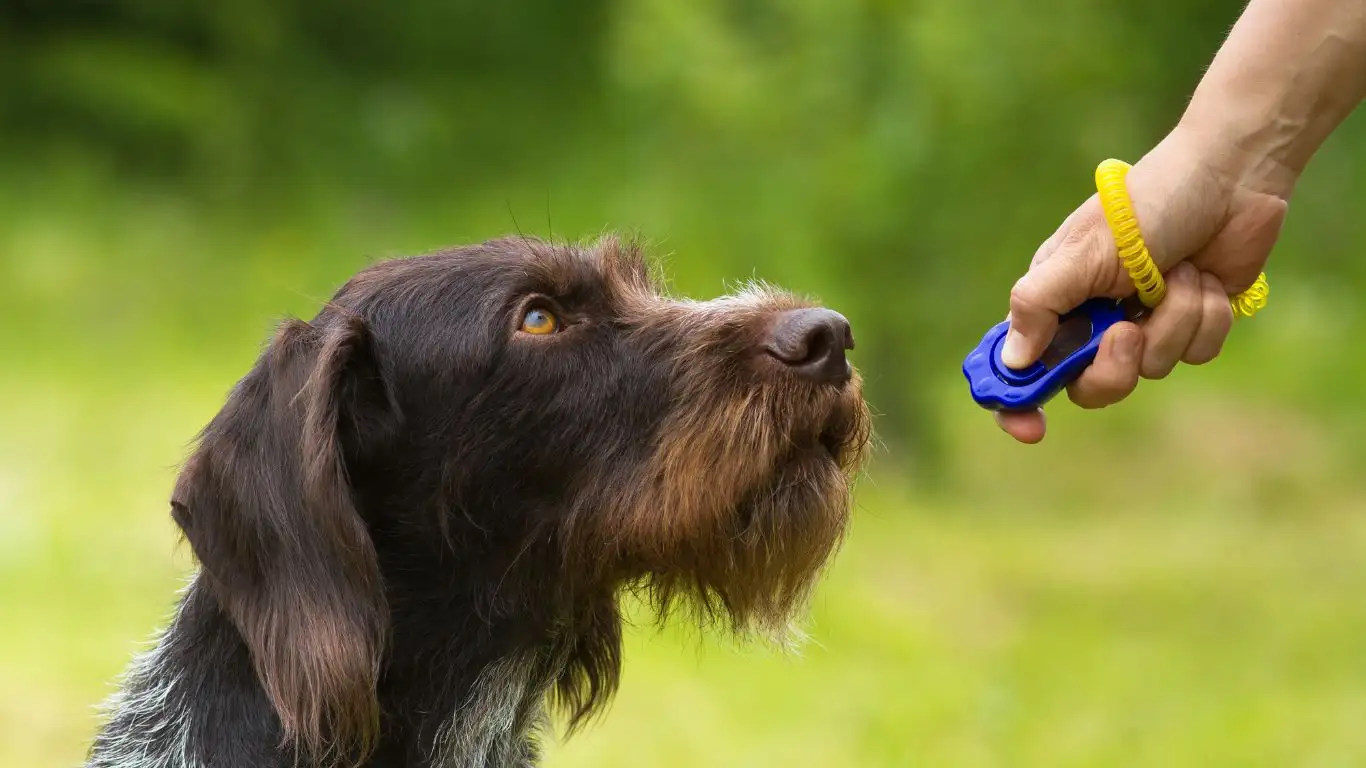
Even with all the right training, some dogs still struggle with motion sickness. If your pup gets drooly, restless, or even vomits during car rides, you’re not alone—I’ve worked with plenty of dogs who just couldn’t handle the movement at first. But don’t worry, there are ways to help them!
Signs Your Dog Might Be Experiencing Motion Sickness
- Excessive drooling or lip licking
- Yawning or whining
- Restlessness or trying to climb onto you
- Panting heavily
- Vomiting (the most obvious sign!)
How to Help Your Dog Feel Better
If your pup struggles with car sickness, try these simple fixes:
- Keep Car Rides Short at First: Gradually increase the duration of trips so your dog adjusts to the motion.
- Crack a Window: A little fresh air can work wonders for nausea.
- Position Matters: Some dogs feel better in the front seat (secured safely, of course) or in the middle of the back seat.
- Limit Food Before Travel: A full stomach can make motion sickness worse. Try feeding your pup at least a few hours before a trip.
- Try a Car Seat or Crate: Some dogs feel more stable when they’re in a secure space rather than loose in the car.
- Use Natural Remedies: Ginger is known to help with nausea. Some vets also recommend certain calming supplements.
And if motion sickness is persistent? It might be worth checking with your vet about possible medications to help ease their discomfort.
Step 4: Teaching Your Dog to Settle in the Car
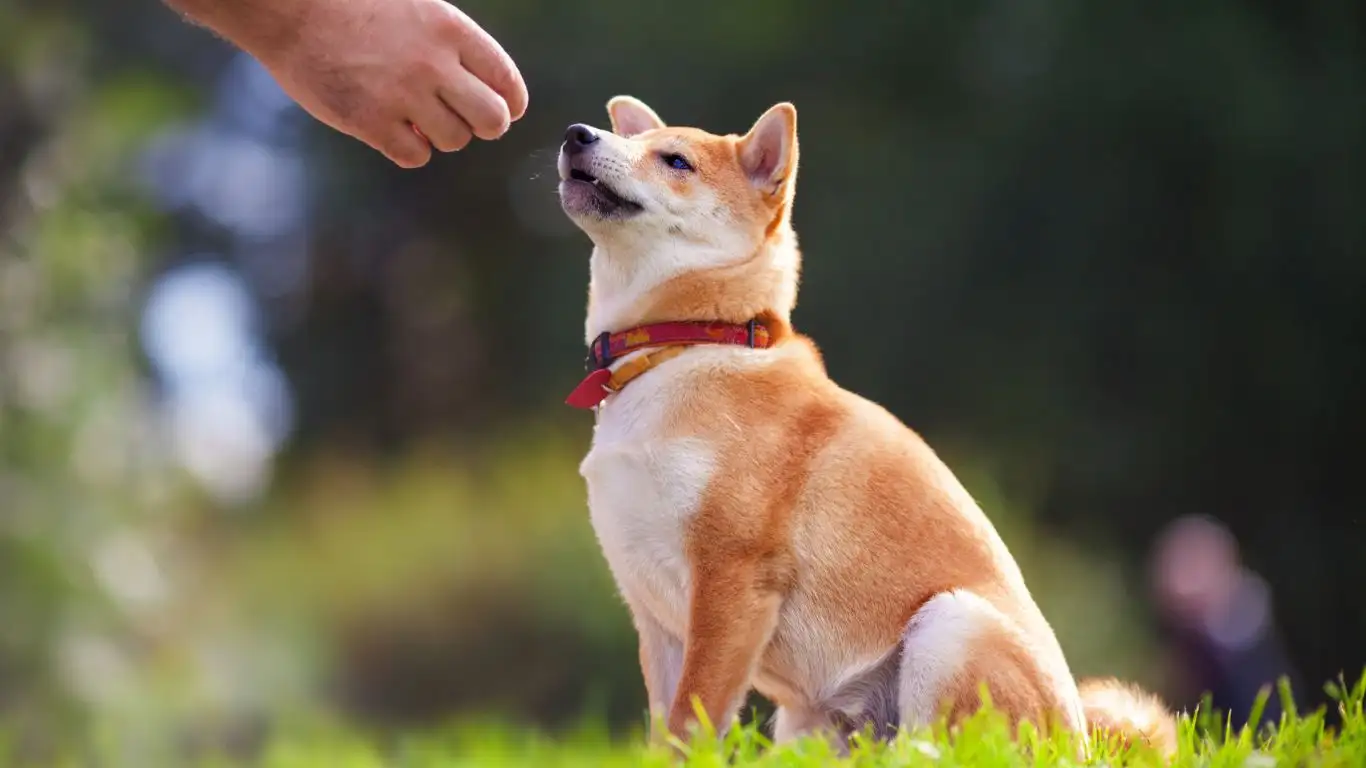
Now that your dog is more comfortable in the car, the next step is making sure they know how to stay calm during the ride. A hyperactive or anxious dog moving around while you’re driving can be dangerous—not just for them but for you too!
Using a Comfortable Space
Think about where your dog will feel the safest. Some dogs love sitting on a car seat with a doggy seatbelt, while others do best in a crate. I’ve had clients whose dogs relax better in a covered crate because it blocks out all the extra stimuli.
Teaching the ‘Settle’ Command
Here’s a little trick I’ve used in my training:
- Start at home by rewarding your dog for lying down and staying still.
- Use a cue like “Settle” while they relax.
- Once they understand, practice in the car while it’s parked.
- Gradually progress to rewarding them for settling while the car is moving.
The goal is for your dog to associate car rides with calm behavior, not excitement or stress.
Step 5: Making Car Rides an Enjoyable Experience
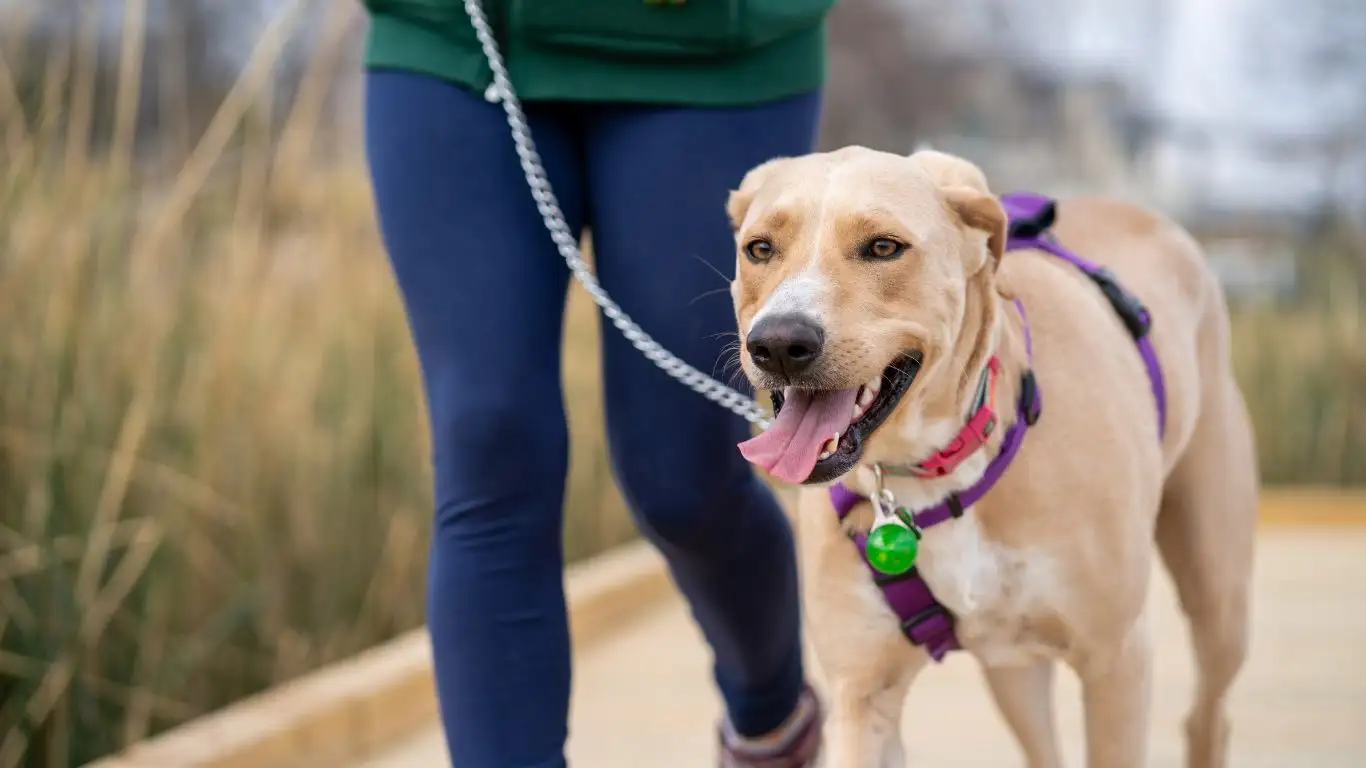
At the end of the day, we don’t just want a dog who tolerates car rides—we want a dog who enjoys them! This means making every trip a fun, positive experience.
Turn the Car into a Reward Machine
One of my favorite tricks? Save your dog’s favorite treats or toys for car rides only. This helps build an even stronger positive association with travel.
Drive to Fun Places
If every car ride ends at the vet, your dog will always dread getting in. Mix it up! Take them:
- To the dog park
- On a scenic trail walk
- To a pet-friendly store
- To visit a doggy friend
With enough happy experiences, your pup will start seeing car rides as a gateway to exciting adventures rather than something to fear.
Next up, we’ll cover even more advanced tips to make your dog a car-riding pro!
Step 6: Safety Tips for Traveling with Your Dog
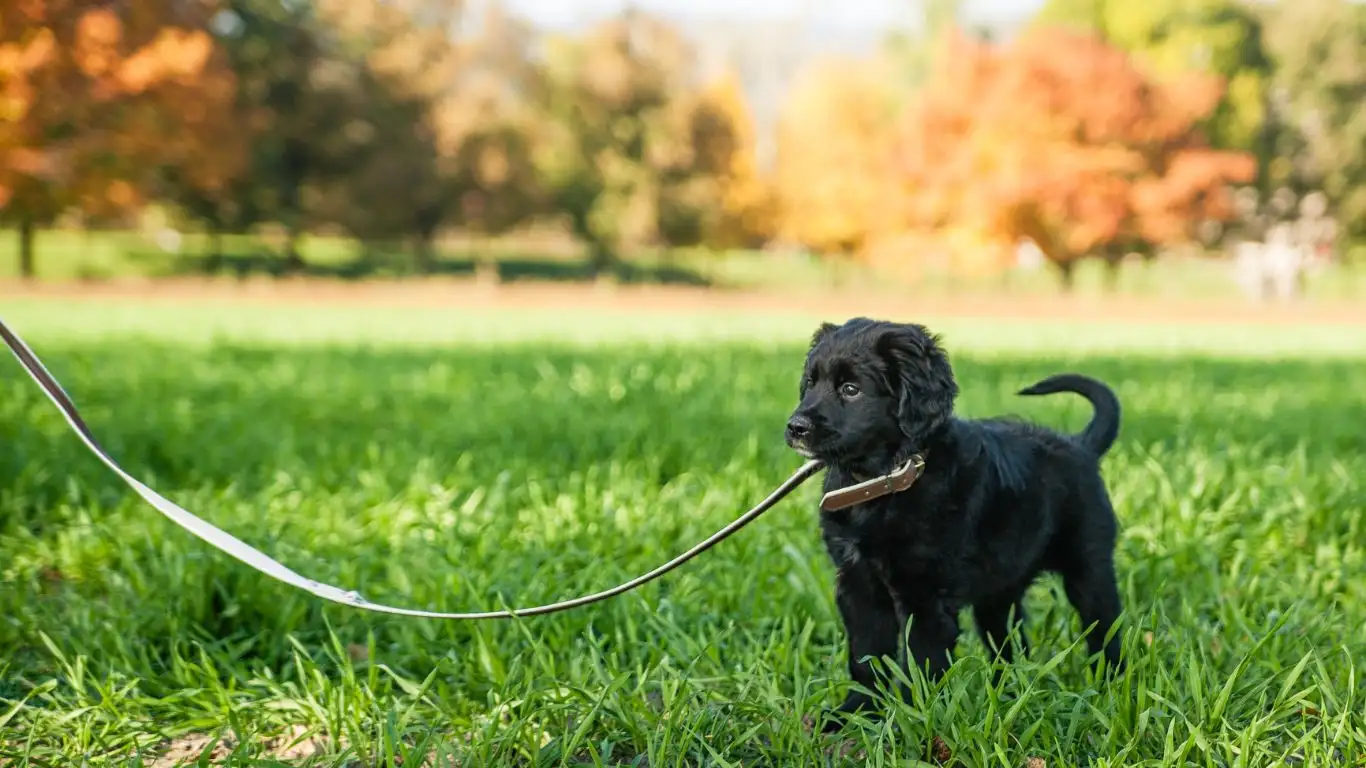
By now, your pup should be much more comfortable in the car, but there’s one more thing we need to talk about—safety. As much as we love having our furry copilots beside us, loose dogs in cars can be a serious hazard. Trust me, I’ve seen too many accidents that could have been prevented with a little extra precaution.
Use a Dog Seatbelt or Travel Crate
Your dog might love roaming around the backseat, but sudden stops can be dangerous. Here are a few options to keep them secure:
- Doggy Seatbelt: Attaches to a harness and clicks into your car’s seatbelt buckle.
- Crash-Tested Dog Car Seat: Great for small dogs who like a booster-style seat.
- Travel Crate: A well-ventilated crate provides a safe and cozy space.
Not only does securing your dog keep them safe, but it also helps prevent distracted driving—something every pet parent should take seriously.
Never Leave Your Dog Alone in a Parked Car
This might seem obvious, but it’s worth repeating—never leave your dog in a parked car, especially in warm weather. Even with the windows cracked, cars heat up fast, and heatstroke can be fatal.
On colder days, it’s still risky. A parked car can quickly become too cold for your dog to handle. If you need to run errands, it’s best to leave your pup at home.
Step 7: Preparing for Long Road Trips with Your Dog

Ready to take your pup on a big adventure? Whether it’s a cross-country road trip or just a long drive to visit family, some extra planning will make the journey smoother for both of you.
Pack a Dog Travel Kit
Before hitting the road, make sure you have everything your dog might need:
- Collapsible water bowl and fresh water
- Enough food for the trip
- Leash, harness, and poop bags
- Comfort items like a blanket or favorite toy
- Any medications your dog needs
Having these essentials on hand will make sure your dog stays happy and comfortable throughout the trip.
Plan for Frequent Breaks
Just like us, dogs need potty and stretch breaks. Aim for a stop every 2-3 hours so your pup can stretch their legs, hydrate, and relieve themselves. Plus, it’s a great way to let them burn off some energy before getting back in the car.
Find Dog-Friendly Stops
If you’re planning a longer road trip, check for dog-friendly rest stops and hotels along your route. There are plenty of pet-friendly accommodations that welcome dogs with open arms!
Final Thoughts: A Happy, Confident Car-Riding Pup
Training your dog to love the car takes time, patience, and plenty of positive reinforcement, but the effort is so worth it. Once your pup is comfortable in the car, you’ll open up a whole new world of adventures together—whether it’s road trips, hiking trails, or just cruising to a nearby coffee shop for a pup cup.
Every dog is different, so go at their pace, celebrate the small wins, and remember—every trip should be a positive experience. Soon enough, your pup will be hopping into the car with excitement, ready to go wherever the road takes you!
References
- American Kennel Club – Tips for Traveling with Your Dog
- ASPCA – Preventing Motion Sickness in Pets
- BringFido – Pet-Friendly Travel Resources
Disclaimer
This article is for informational purposes only and does not replace professional veterinary advice. If your dog experiences severe anxiety or motion sickness, consult your veterinarian for tailored recommendations.

